COVID-19 push entities to get rid of passwords
The unfolding crisis of the Coronavirus pandemic had a direct impact on accelerating the economic dependency on the Internet worldwide.
As millions of workers and businesses across the world become dependent on digital infrastructure en-masse and implement remote working policies at scale, safe and secure access to online services and infrastructure became very critical.
 Meanwhile, cybercriminals are exploiting the COVID-19 crisis to attack businesses and steal data. They hit passwords as they are indeed the heart of the data breach problem. According to the 2019 Varizon Data Breach Investigations Report, 80% of hacking-related breaches involved compromised and weak credentials, and 29% of all breaches, regardless of attack type, involved the use of stolen credentials.5 Such attacks participate in a thriving underground economy that further exacerbates the problem.
Meanwhile, cybercriminals are exploiting the COVID-19 crisis to attack businesses and steal data. They hit passwords as they are indeed the heart of the data breach problem. According to the 2019 Varizon Data Breach Investigations Report, 80% of hacking-related breaches involved compromised and weak credentials, and 29% of all breaches, regardless of attack type, involved the use of stolen credentials.5 Such attacks participate in a thriving underground economy that further exacerbates the problem.
Passwords are one of the most vulnerable targets of attacks and getting rid of passwords can improve security, lower costs, and increase usability.
Why aren’t Passwords a secure method for Authentication?
The use of passwords for authentication purposes forces users to create and memorize complex amalgams of letters, numbers, symbols, and cases; to change them frequently, and to try not to re-use them across accounts. Users have to manage anywhere from 25 to 85 passwords and their information sources and tools are exploding exponentially. Wanting to sign on to digital tools simply and efficiently, they are increasingly challenged and consequently tend to re-use the same passwords repeatedly.
What is Passwordless Authentication?
At its core, “passwordless” means having the ability to accurately verify a user’s identity without the use of usernames, passwords, SMS, OTPs, or any typing at all. This would mean the widespread adoption of new technologies, as FIDO2 Security keys that authenticate users by creating a customized new pair of keys for every website/service, and the service stores the public key only. This approach enhances security as no secrets are shared between service providers and the Fido2 key holder. Also, the addition of biometrics to these devices “MFA” is considered the highest level of security as it validates the user identity with the users’ very unique biometrics and without requiring the employee to type in a password. Passwordless authentication vastly improves a company’s security by reducing the overall attack surface and eliminating compromised credential risk.
Why passwordless authentication?
Better security: Companies transition to passwordless solutions reduce their exposure to data breaches. As using passwordless solutions, leave no passwords for cybercriminals to steal out of a platform server.
Cost reduction: Passwordless authentication lower costs associated with password management and data breaches. Cyberthreats have been perceived as one of the highest expenses risks for businesses, so saving the companies financials is perhaps the most notable reason why companies should consider transitioning to passwordless authentication.
Digital transformation: A modern authentication system is not merely a necessity from a security perspective; it can be a key digital enabler. It makes mobility much more seamless, reduces user friction, and thereby improves customer and employee experience. It drives operational efficiency and improves regulatory compliance.
High Security: Enhancing security as no secrets are shared between service providers and the Fido2 key holder, as the fido2 keys create a customized new pair of keys for every website/service, and the service stores the public key only. This approach. Both Fido2 solutions; Strong two-factor and multi-factor authentication using public key crypto diminish malware attacks, phishing, hijacking and man-in-the-middle attacks.
Ease of use: In a passwordless infrastructure, users have the option of using their biometric token as a way to authenticate, without having to type anything or store information in a database. Users can authenticate to unlock tokens with biometrics (fingerprint).
Who should adopt passwordless authentication?
It might be challenging for businesses to knowing precisely where and how to start. There are five key areas for how enterprises can start to think about adopting passwordless technology and solutions:
- VPN / remote access: As the remote workforce continues to expand at a rapid pace, removing static credentials from the equation reduces the risk.
- Contact and information technology: Companies experience 30% to 50% of all contact with these services in relation to password resets and account lockouts.
- Remote desktop and virtual desktop infrastructure (VDI): This can ensure the broadest coverage by starting at a foundational level.
- Customer identity and access management: This deployment rollout could have the potential to provide umbrella coverage into the most critical business functions of a business.
- Critical applications: That will streamline productivity and collaboration while enhancing security.
Read more about Trustsec solutions
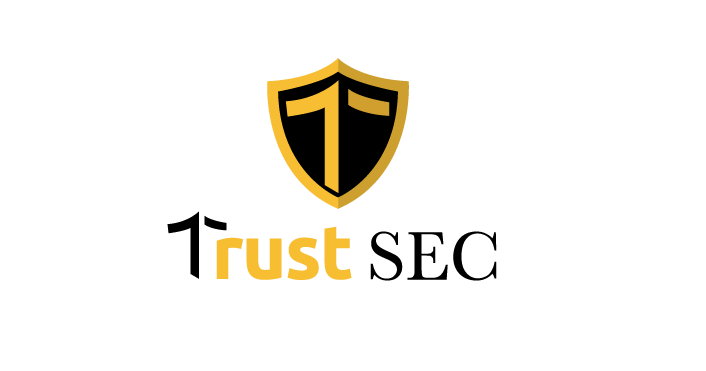


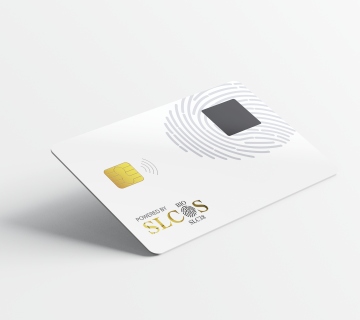

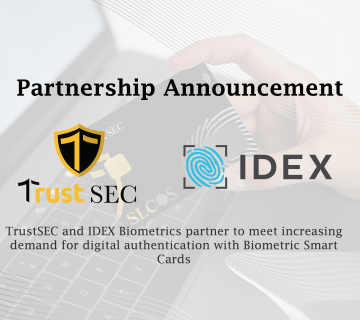
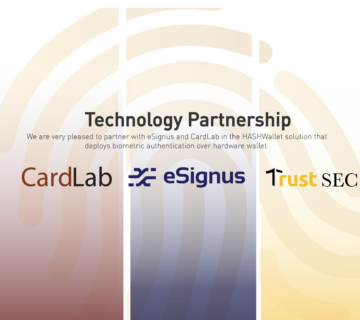
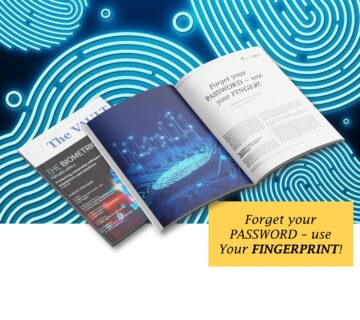

I seriously appreciate your content. This great article has really peaked my interest.
Well written, Actually sharing Passwords is very common and it caused a lot of problems! it is nice to read about powerful alternatives aka FIDO2
Thanks for the good article, it is eye opener!
No questions passwords are obsolete! most entities are now stepping to FIDO2 it is much easier